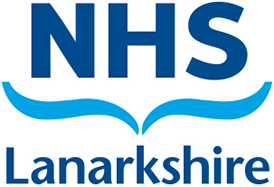Having a Hysterectomy
What is a Hysterectomy?
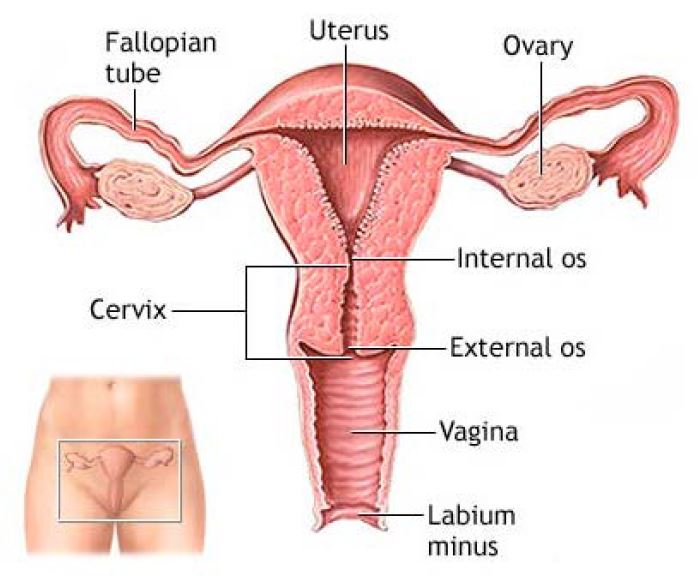
A hysterectomy is an operation to remove your womb.
After the operation you will no longer be able to have children.
You will no longer have periods.
Types of Hysterectomy
- The womb (uterus) is taken away. (Subtotal hysterectomy)
- The womb (uterus) and cervix (neck of womb) are taken away. (Total hysterectomy)
- The womb (uterus), cervix, ovaries and fallopian tubes are taken away. (Total hysterectomy with bilateral salpingo-oophorectomy)
- The womb (uterus) and surrounding tissue, fallopian tubes, part of the vagina, ovaries, lymph glands and fatty tissue are all taken away. (Radical hysterectomy)

The doctor or nurse will talk to you about what type of hysterectomy operation you will need.
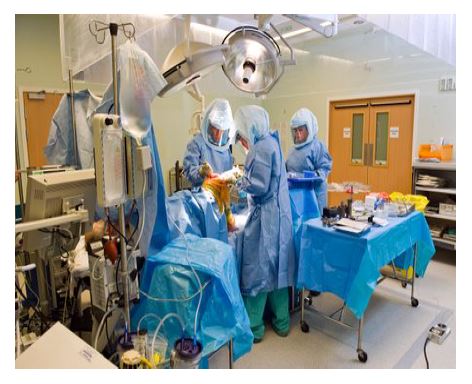
The operation is carried out in hospital.
You will be a sleep (general anaesthetic).
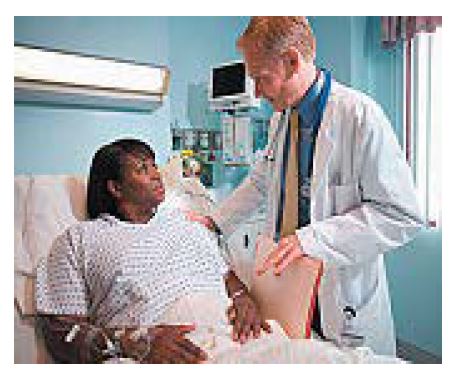
You will then be taken up to the ward.
After the operation

When you wake up you may have some pain.
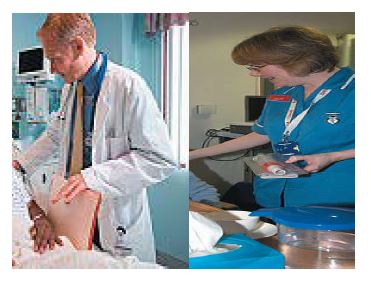
Tell the doctor or nurse if you are in pain.
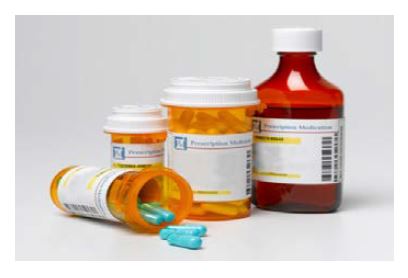
They will be able to give you medicine to take the pain away.
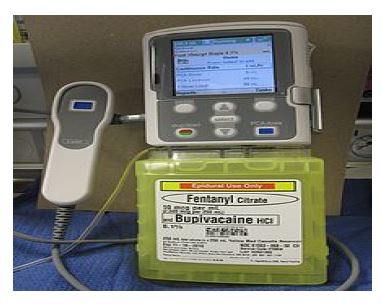
You may be attached to a PCA machine so that you can give yourself medicine.
PCA (patient controlled analgesia) machine.
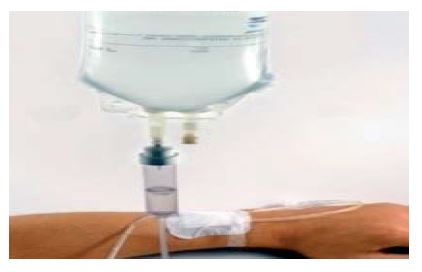
You may have a drip in your arm.
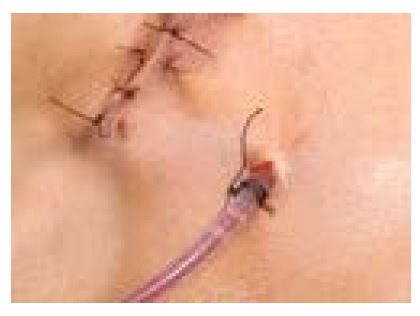
You may have a tube coming out the wound area to take any blood and fluid away.
The tube will be removed before going home.
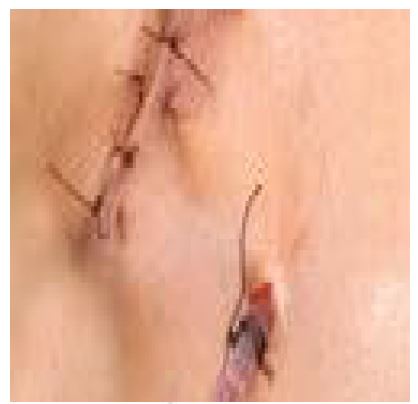
You will have stitches/staples these maybe removed before going home.
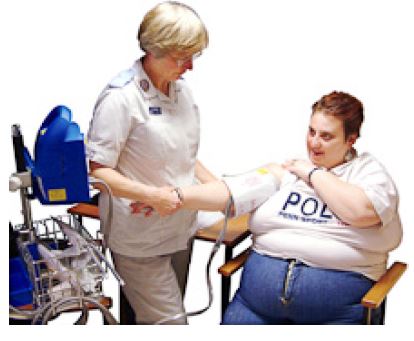
The nurse will check your blood pressure.
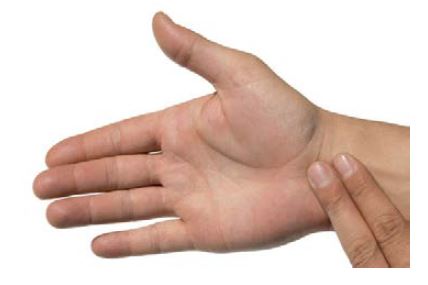
The nurse will take your pulse.
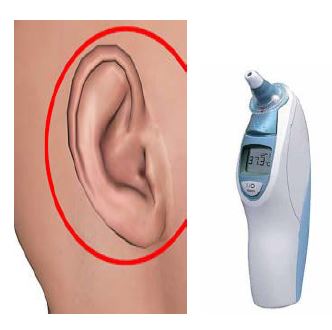
The nurse will take your temperature.
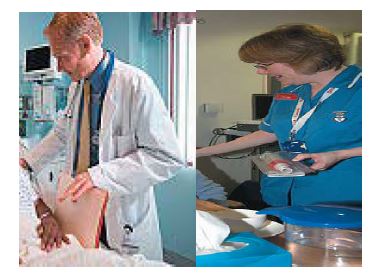
The doctor or nurse will tell you what you need to do when you go home.
When Home

When you go home
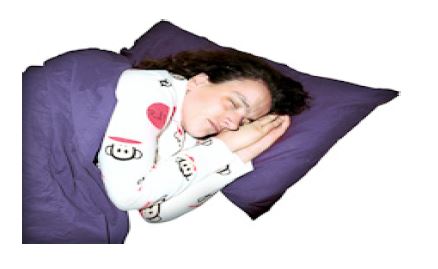
You will need a lot of rest.

The district nurse will visit and check your wound.
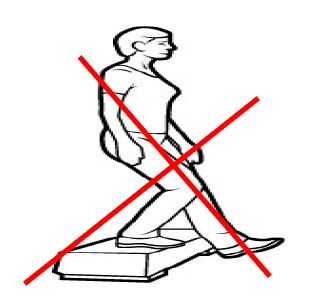
You will not be able to do any exercise or lift anything.
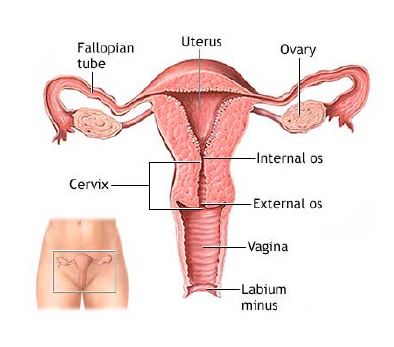
The womb is taken away.
(Subtotal hysterectomy)
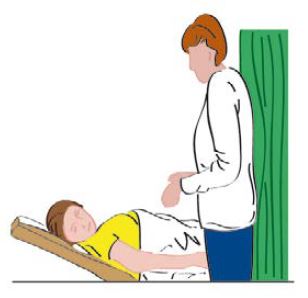
You will still need to have a smear test every 3 years if you have a Subtotal hysterectomy.

Phone your doctor or nurse if you have any questions.
Your Feedback – comments, concerns and complaints
NHS Lanarkshire is committed to improving the service it provides to patients and their families. We therefore want to hear from you about your experience. If you would like to tell us about this please visit our feedback page.
